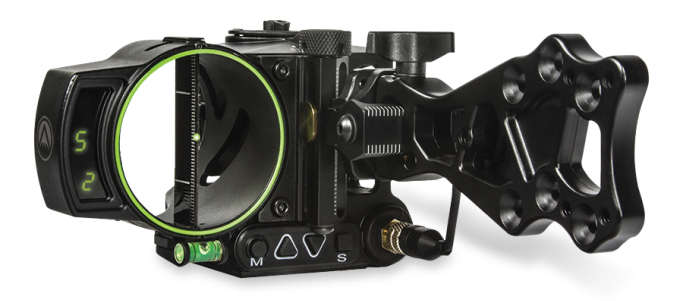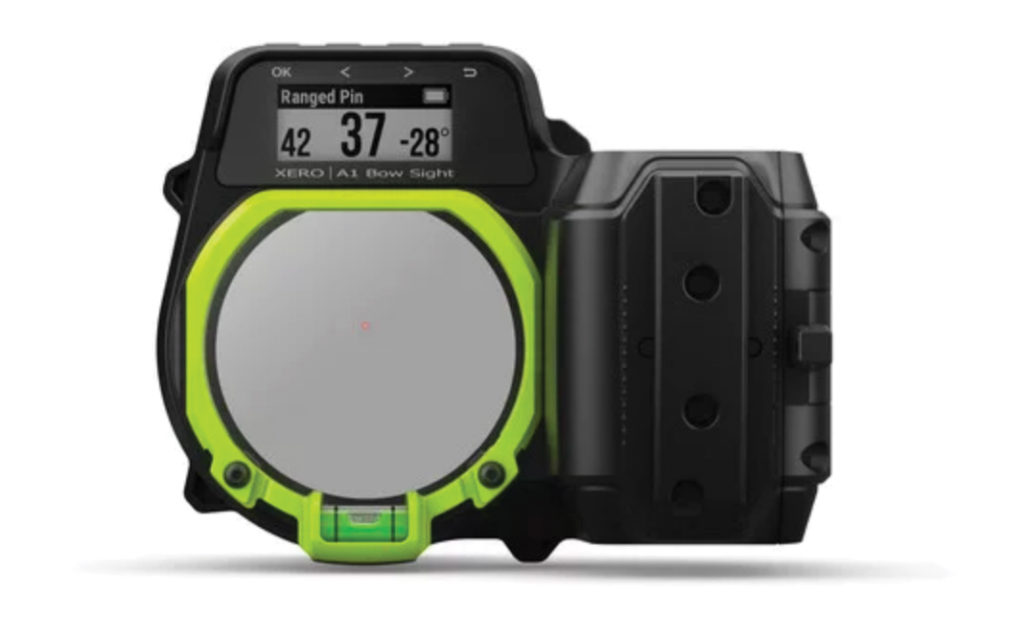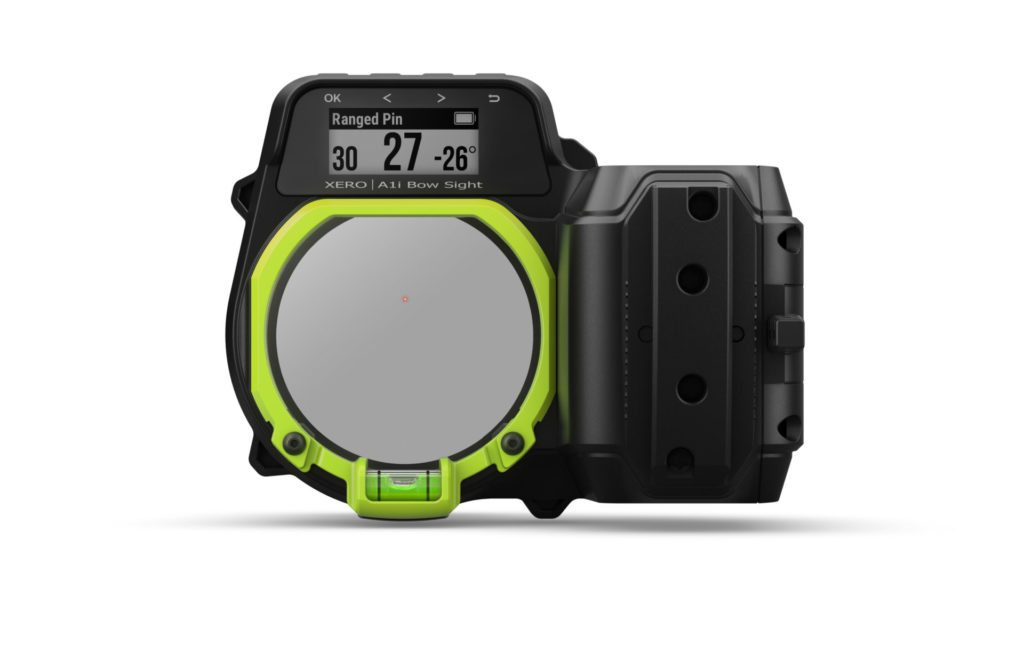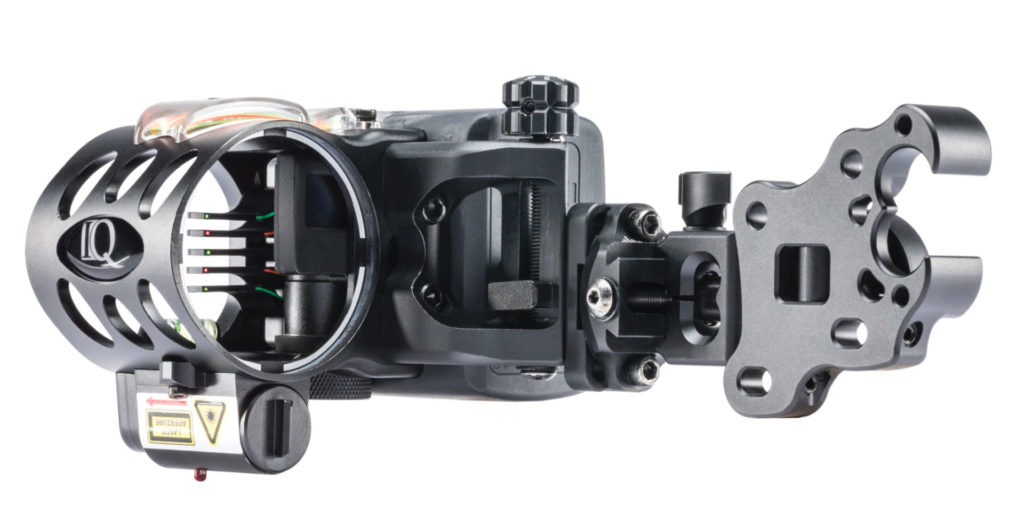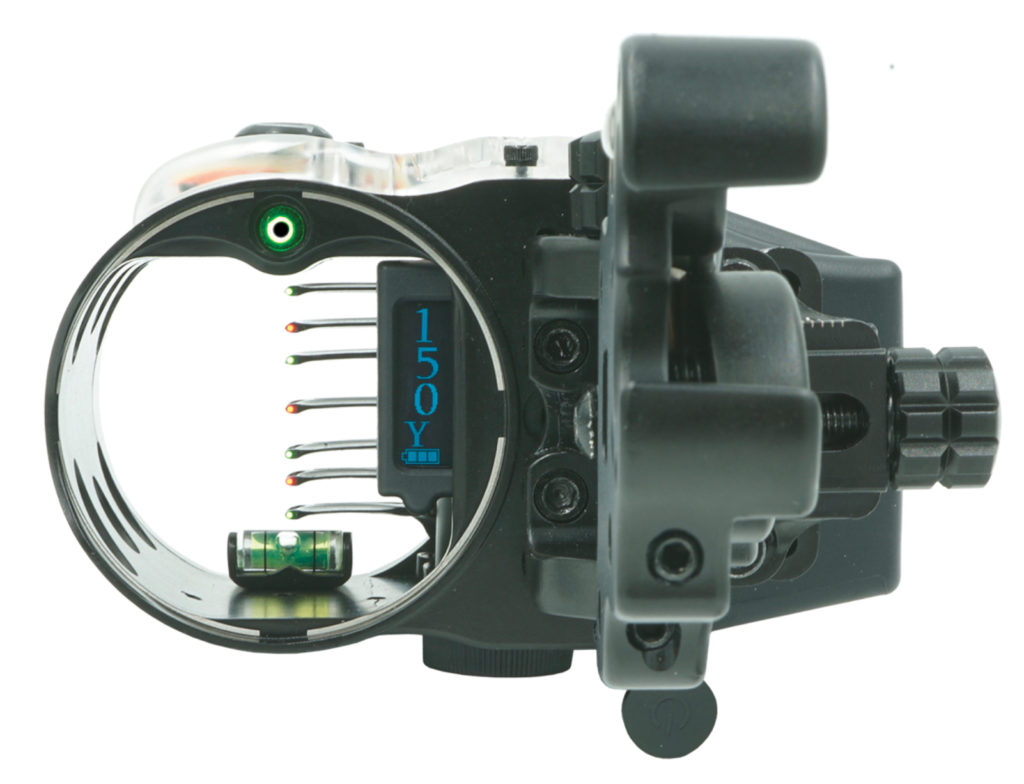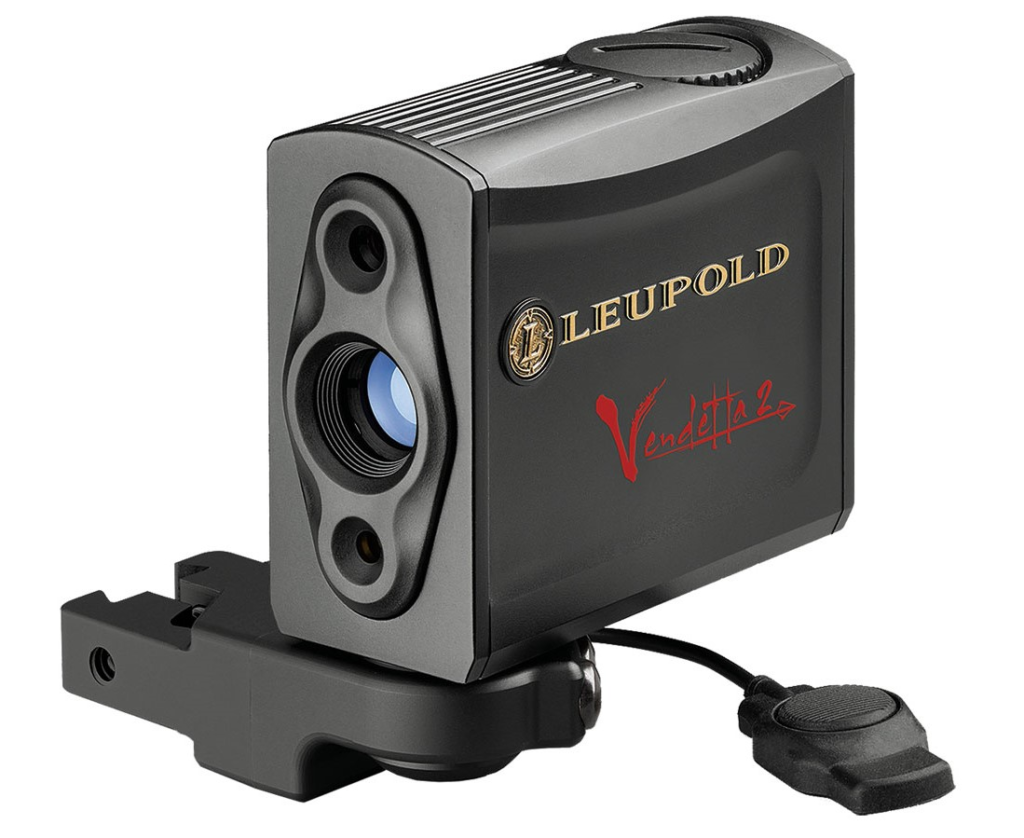This article is about bow sights that have a rangefinder built right in them. I owned the first version of this type of sight some six years ago with the introduction of the Leupold Vendetta rangefinder, which bolted onto your bow. When you activated on the target, it would read a digital number for your distance, then you would select the appropriate pin and take your shot. This sight was good, and it required two functions: first, you had to hold your bow and click a button using your 20-yard pin and the rangefinder read back the actual arched compensation distance. From there, you would select and shoot that distance with the pins on your sight. Since its first leap into the range-finding bow sight market, Leupold has also developed the Vendetta 2.
Advertisement

Two years ago, Garmin came out with the Xero A1 and Xero A1i rangefinder sights, and these new offerings also do angle compensation. However, Garmin eliminated a step from Leupold’s original version by allowing the shooter to simply click on the target and a reading of the distance in yards or metres came up and a single pin for that distance came up on the lens. This is a great feature, because only one pin lights up for the true distance. No confusion with multi pins and needing to count up to what distance you needed to shoot for. The Garmin sight gives you lots of options, like how many shots you take, if you tilt the bow, the location the animal was hit at and the GPS co-ordinates if you want, plus a lot more. I have sold a few of these sights to customers, and most love them.
Two of my customers with the Garmin sights use them to hunt in open country. One guy uses his for antelope hunting on the prairies, where the target is small and will not allow one to get close and there is not a tree around for miles. Antelope are wary, like a whitetail, and most of the shots are at long distance, thus knowing the exact distance is very important. Rangefinder sights are awesome for this application.
Advertisement
Another gentleman uses his Garmin to hunt in Africa and New Zealand, again in open country where knowing the distance is paramount to making the shot count, especially when you pay a good amount of money to go on a hunt in another country – you want to make that shot, as well as make a good and ethical harvest.
I finally saved my pennies this year to purchase my own rangefinder sight and I chose the Oracle by Burris. I decided to buy the Oracle for a couple of reasons. First, I wanted to test a different product to compare with the Garmin and Leupold options, which I already had some knowledge about, as well the lower cost and simpler options were factors for me. I am not good with electronics, so I wanted the simplest sight. I just want to know distance and have a single pin to aim with, and the Oracle fit that bill for me. I also did not want a lens on my hunting set up, for fear of it fogging up. I thought I would not like the line down the centre of my sight, but I found it helped with reducing canting my bow; it was an added feature to my bubble.
Advertisement
All of the sights available on the market today range in weight. Leupold’s Vendetta 2 comes in at the least amount of weight with 11 ounces, the A1i weighs about 14 ounces, the Oracle is about 17 ounces and the IQ Define weighs about 18 ounces. It may take some finessing and altering some accessories on your bow to find the right balance.
I spent a whole day on my property shooting and calibrating the Oracle to my PSE Carbon Air with broadheads. The sight was awesome. I set up my 18-sided 18/1 target on a stand and could walk out any distance, turn, click and shoot the single pin and loved it. It was dead accurate from all angles and shooting distances. I thought I was set, but this is where my mistake was made. Over the 10 acres of my property, I don’t have any trees. The evening of opening day of bow season, I called in a nice six-by-five elk, but I found that trying to range the bull in the trees was not a good experience with my Oracle. The first click said 14 yards, the second 17 yards and the excitement of trying to count tines, use my mouth reed and control my heartbeat, which was off the charts, was overwhelming when my sight would not work. Now I had to calm down and I remembered that if I held the button down, all my pins from 20 to 90 came up so I finally had something to aim with. Talk about frustration. The moral of the story is I finally got a shot off, but without proper range, and my lack of skill at judging distance prevailed as I watched my arrow travel towards the heart and drop two feet low and between his legs. Wow! What a cool experience, but frustrating to say the least. I made a cardinal sin of not thinking to take the sight into the bush to try it in real hunting conditions.
I do not blame the sight, I am still keeping it on my bow, but now I plan to test it in the bush and learn to use it in those conditions. I also plan to take my manual rangefinder as a backup. Knowing the distance to the animal is so important, especially with shots beyond 40 yards where the arrow is dropping fast, combined with the fact that I shoot under 300 feet per second due to a shorter draw length.
I hope you learned something about these sights; but be sure to test them better than I did before you head in the bush on your first hunt.
Rangefinder Bow Sights Available
